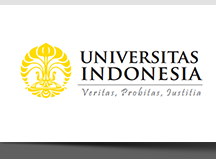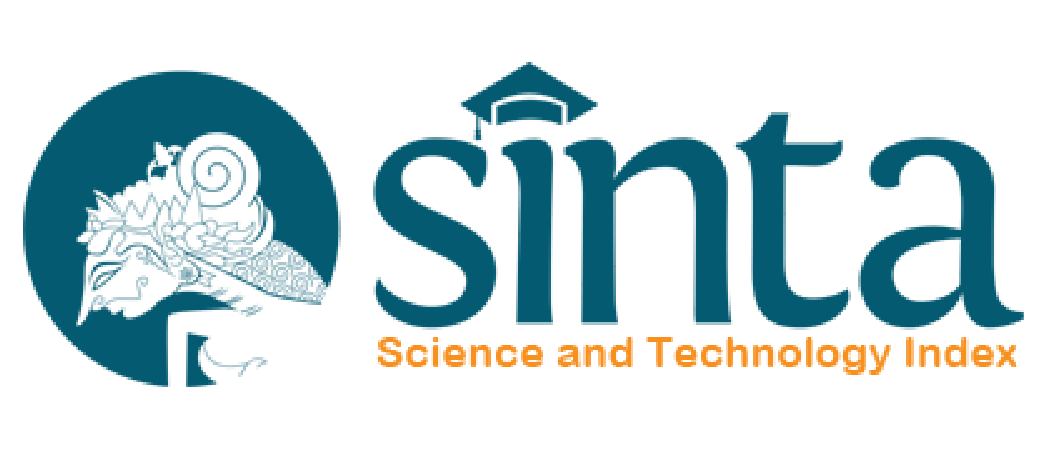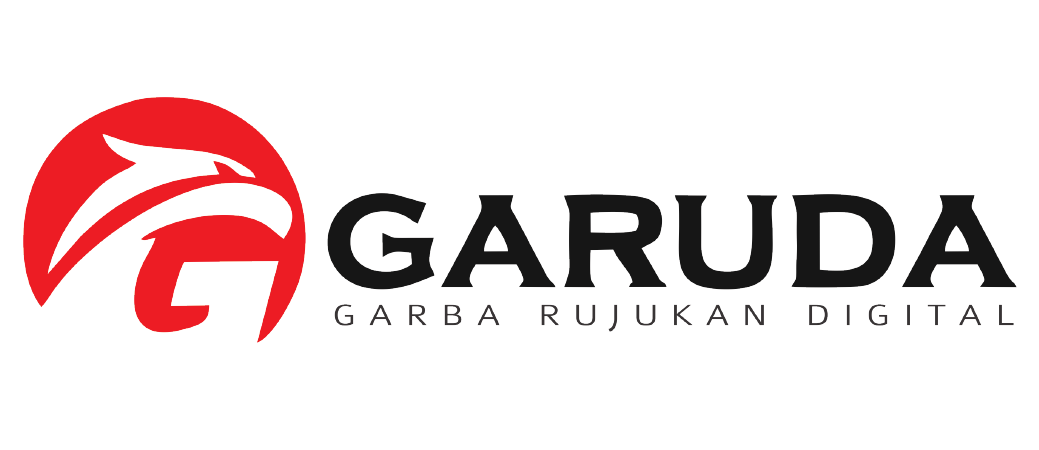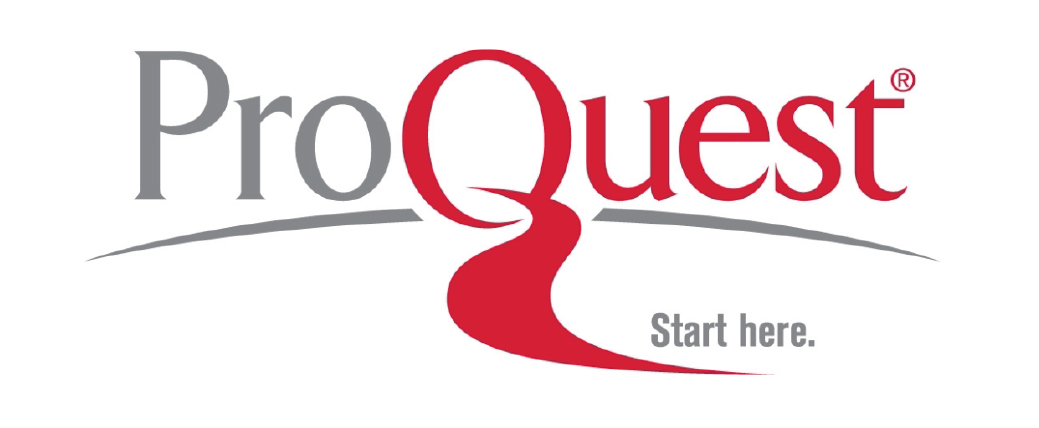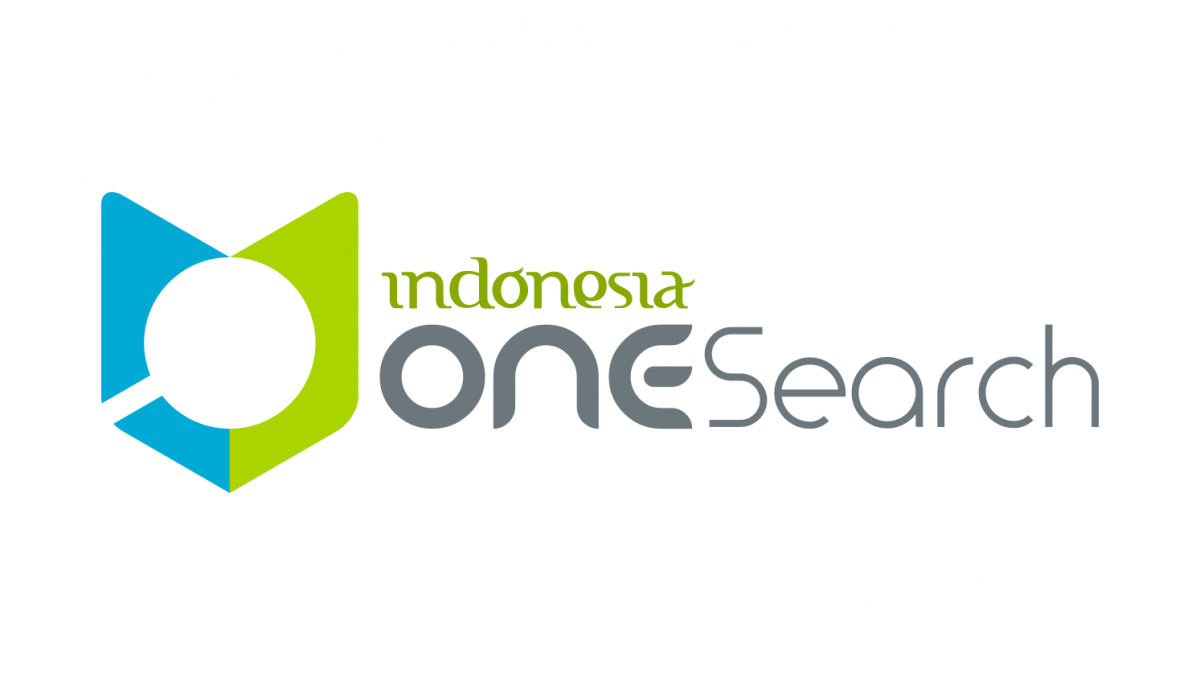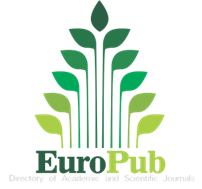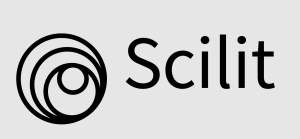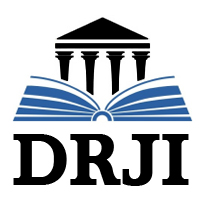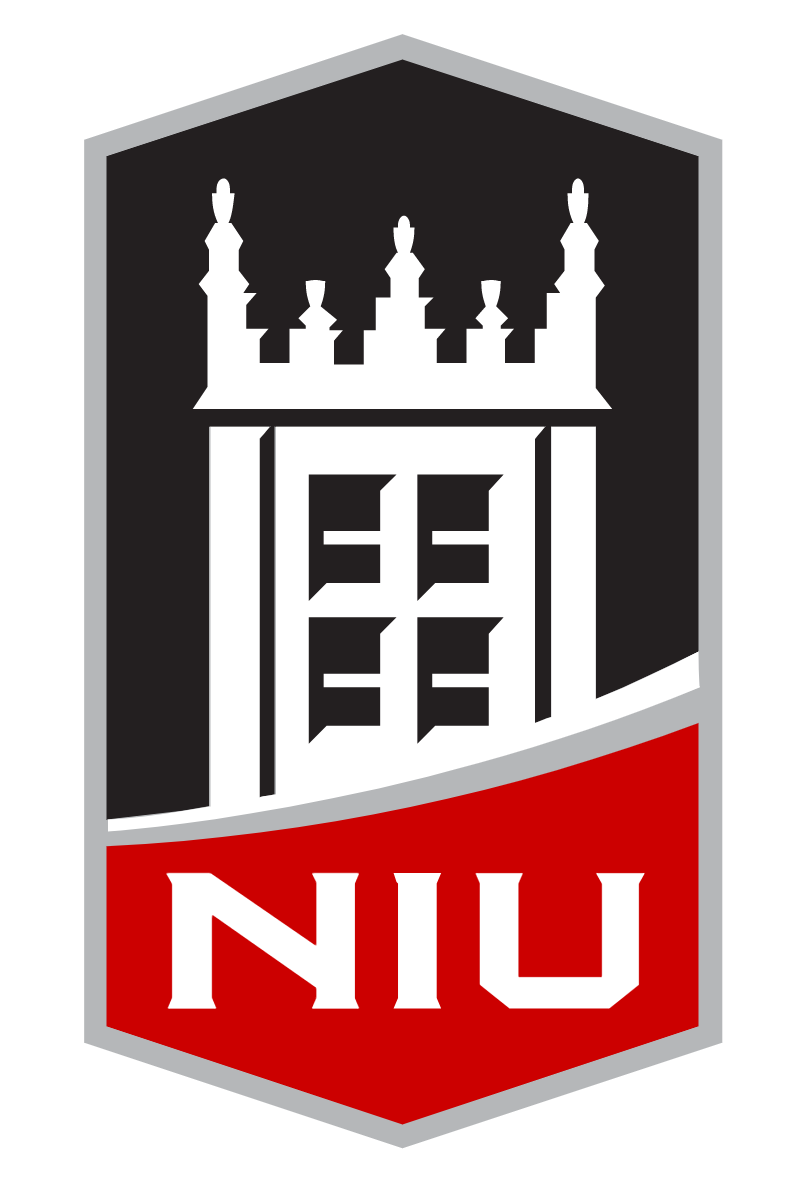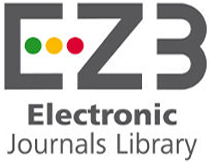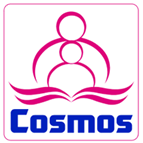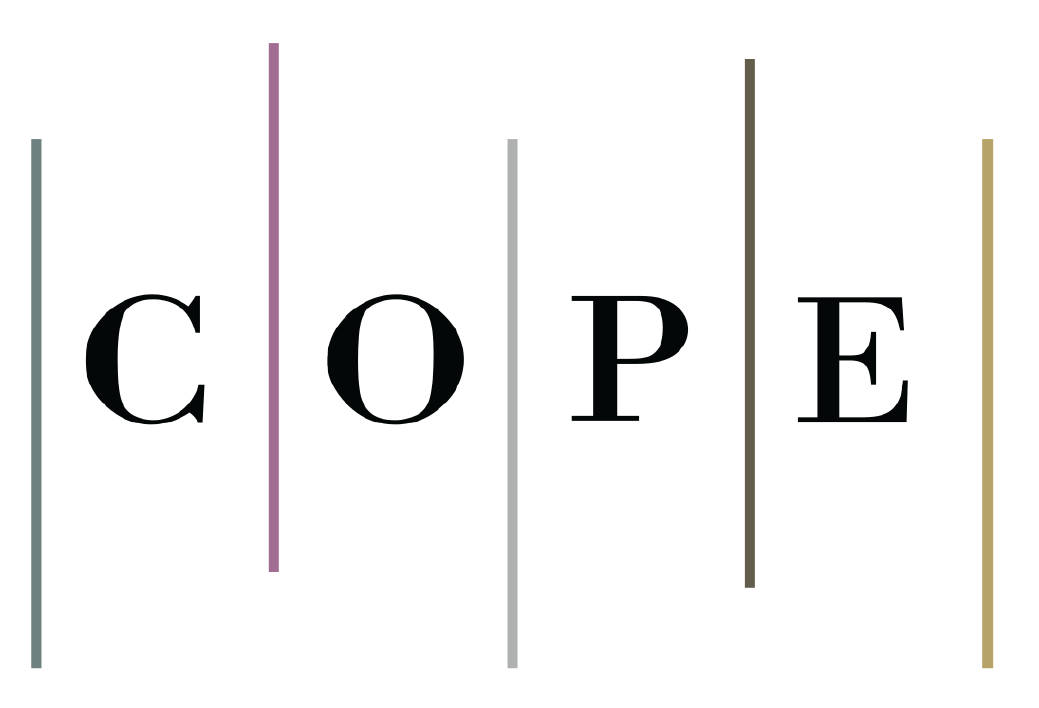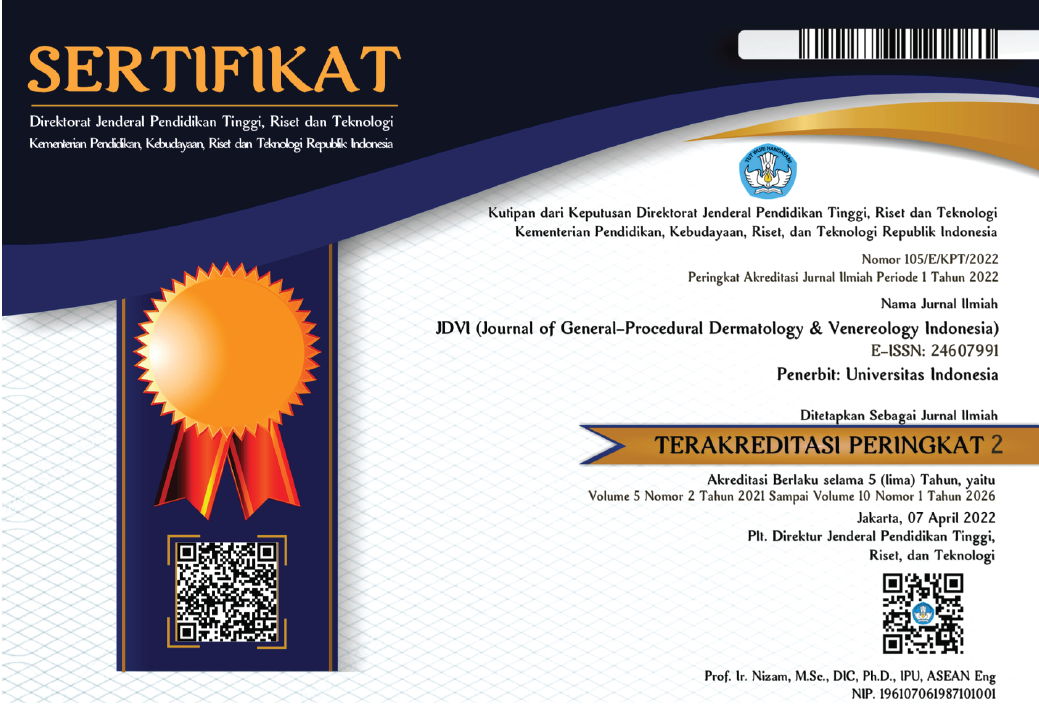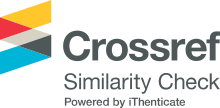Abstract
Background: Electrosurgery is a common surgical technique used to treat skin tumors. This procedure produces necrotic skin, which might impair the wound healing process, prompting physicians to prescribe topical antibiotics to prevent infection. This study aims to analyze the efficacy of sodium fusidate ointment compared to petrolatum for wound healing after electrosurgery.
Methods: We conducted a double-blind, randomized, controlled study with a within-person design. The inclusion criteria were adult subjects with seborrheic keratosis or acrochordon with a size of 4 mm to 10 mm on the face and neck, with a minimum of 2 lesions. Electrodessication was performed on the subject lesions. The patients were then randomized to receive and sodium fusidate ointment or petrolatum. Follow-up was done for up to 14 days, during which wound healing score, erythema, edema, crusts, re-epithelialization, incidence of infection, and subjective symptoms were assessed. This study is registered in ClinicalTrials.gov (NCT05353374).
Results: Twenty-two subjects with 90 wounds were enrolled. The subjects had a mean age of 48.18 ± 11.25 years old and 86.4% of them had seborrheic keratosis. Statistical analysis revealed no significant difference in erythema, edema, crusts, re-epithelialization, infection, subjective symptoms, and total wound healing score appearance on days 3, 7, and 14 following the procedure.
Conclusion: Both sodium fusidate ointment and petrolatum showed similar efficacy for wound healing after electrosurgery.
References
- Eginli A, Haidari W, Farhangian M, Williford PM. Electrosurgery in dermatology. Clin Dermatol. 2021;39(4):573–9.
- Higgins JC, Maher MH, Douglas MS. Diagnosing common benign skin tumors. Am Fam Physician. 2015;92(7):601–7.
- Bojrab MJ, Waldron DR, Toombs JP. Current techniques in small animal surgery. 5th ed. New York: Teton New Media; 2014. p.27–43.
- Durand BARN, Pouget C, Magnan C, Molle V, Lavigne JP, Dunyach-Remy C. Bacterial interactions in the context of chronic wound biofilm: A review. Microorganisms. 2022;10(8):1–18.
- Karppinen SM, Heljasvaara R, Gullberg D, Tasanen K, Pihlajaniemi T. Toward understanding scarless skin wound healing and pathological scarring. F1000Res. 2019;8:1–11.
- Alam M, Ibrahim O, Nodzenski M, et al. Adverse events associated with mohs micrographic surgery: Multicenter prospective cohort study of 20,821 cases at 23 centers. JAMA Dermatol. 2013;149(12):1378–85.
- Park MS, Kim KD, Eun SJ. Inappropriate topical antibiotics use in clean dermatological procedures in South Korea in 2018: A nationwide population-based cross-sectional study. Korean J Fam Med. 2022;43(4):231–40.
- Chen PJ, Hua YM, Toh HS, Lee MC. Topical antibiotic prophylaxis for surgical wound infections in clean and clean-contaminated surgery: A systematic review and meta-analysis. BJS Open. 2021;5(6):1–9.
- Lee MR, Paver R. Prophylactic antibiotics in dermatological surgery. Australas J Dermatol. 2016;57(2):83–91.
- Magill SS, Edwards JR, Bamberg W, et al. Multistate point-prevalence survey of health care-associated infections. N Engl J Med. 2014;370(13):1198–208.
- Limato R, Lazarus G, Dernison P, et al. Optimizing antibiotic use in Indonesia: A systematic review and evidence synthesis to inform opportunities for intervention. The Lancet Regional Health Southeast Asia. 2022;2:1–23.
- Widyasari I. Perbandingan efektivitas terapi topikal mupirosin 2% dengan asam fusidat 2% pada pasien pioderma superfisialis di Poliklinik Kulit dan Kelamin Rumah Sakit Dr. Cipto Mangunkusumo Jakarta [Thesis]. Jakarta: Universitas Indonesia; 2016. Indonesian.
- Pitawati NLP, Bernadette I, Soebaryo RW. Efektivitas antibiotik topikal dan vaselin album untuk mencegah infeksi pada luka superfisial pasca tindakan bedah listrik. Media Dermato Venereologica Indonesiana. 2015;42(3):114–8. Indonesian.
- Gorin DR, Cordts PR, LaMorte WW, Manzoian JO. The influence of wound geometry on the measurement of wound healing rates in clinical trials. J Vasc Surg. 1996;23(3):524–8.
- Taylor SC, Averyhart AN, Heath CR. Postprocedural wound-healing efficacy following removal of dermatosis papulosa nigra lesions in an African American population: A comparison of a skin protectant ointment and a topical antibiotic. J Am Acad Dermatol. 2011;64(3 Suppl 1):S30–5.
- Trookman NS, Rizer RL, Weber T. Treatment of minor wounds from dermatologic procedures: A comparison of three topical wound care ointments using a laser wound model. J Am Acad Dermatol. 2011;64(3 Suppl 1):S8–15.
- Saco M, Howe N, Nathoo R, Cherpelis B. Topical antibiotic prophylaxis for prevention of surgical wound infections from dermatologic procedures: A systematic review and meta-analysis. J Dermatolog Treat. 2015;26(2):151–8.
- Purnamawati S, Indrastuti N, Danarti R, Saefudin T. The role of moisturizers in addressing various kinds of dermatitis: A review. Clin Med Res. 2017;15(3-4):75–87.
- Glover C, Richer V. Does topical anesthesia alter the outcomes of vascular laser procedures? Review of vasodynamic effects and clinical outcomes data. Dermatol Surg. 2023;49(3):266–71.
- Zaki HA, Elarref MA, Iftikhar H, et al. Efficacy of Emla (eutectic mixture of local anaesthetics) and Let (lidocaine, epinephrine, tetracaine) for topical use in wound management for children: A systematic review and meta-analysis. Cureus. 2022;14(11):1–13.
- Bessa G. Bacterial infections. In: Rangel Bonamigo R, editor. Dermatology in public health environments: A comprehensive textbook. Cham: Springer International Publishing; 2023. p.183–202.
- Li S, Renick P, Senkowsky J, Nair A, Tang L. Diagnostics for wound infections. Adv Wound Care (New Rochelle). 2020;10(6):317–27.
- Khalil H, Cullen M, Chambers H, Carroll M, Walker J. Elements affecting wound healing time: An evidence based analysis. Wound Repair Regen. 2015;23(4):550–6.
- McDaniel JC, Browning KK. Smoking, chronic wound healing, and implications for evidence-based practice. J Wound Ostomy Continence Nurs. 2014;41(5):415–23.
- Hong WX, Hu MS, Esquivel M, et al. The role of hypoxia-inducible factor in wound healing. Adv Wound Care (New Rochelle). 2014;3(5):390–9.
- Raina N, Rani R, Gupta M. Angiogenesis: Aspects in wound healing. In: Chatterjee S, editor. Endothelial signaling in vascular dysfunction and disease. 1st ed. Cambridge: Academic Press; 2021. p.77–90.
- Potekaev NN, Borzykh OB, Medvedev GV, et al. Genetic and epigenetic aspects of skin collagen fiber turnover and functioning. Cosmetics. 2021;8(4):1–21.
- Rodrigues M, Wong VW, Rennert RC, Davis CR, Longaker MT, Gurtner GC. Progenitor cell dysfunctions underlie some diabetic complications. Am J Pathol. 2015;185(10):2607–18.
- Pierpont YN, Dinh TP, Salas RE, et al. Obesity and surgical wound healing: A current review. ISRN Obes. 2014;2014:1–13.
- Lassig AAD, Bechtold JE, Lindgren BR, et al. Tobacco exposure and wound healing in head and neck surgical wounds. Laryngoscope. 2018;128(3):618–25.
Recommended Citation
Parrol, Firman; Wibawa, Larisa Paramitha; Sitohang, Irma Bernadette Simbolon; and Saldi, Siti Rizny Fitriana
(2025)
"Comparing Sodium Fusidate and Petrolatum for Electrosurgery-related Wound Healing: A Double-blind Randomized Controlled Trial,"
Journal of General - Procedural Dermatology and Venereology Indonesia: Vol. 9:
Iss.
1, Article 1.
DOI: 10.7454/jdvi.v9i1.1195
Available at:
https://scholarhub.ui.ac.id/jdvi/vol9/iss1/1
Supplemental content
Included in
Dermatology Commons, Integumentary System Commons, Skin and Connective Tissue Diseases Commons

